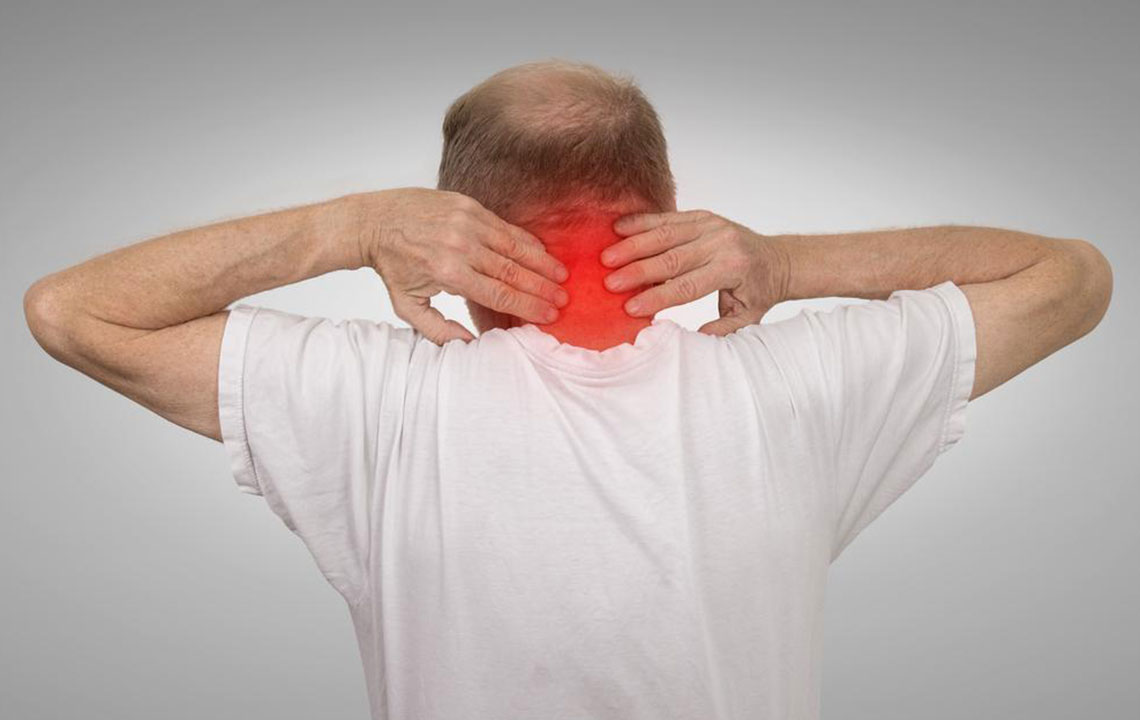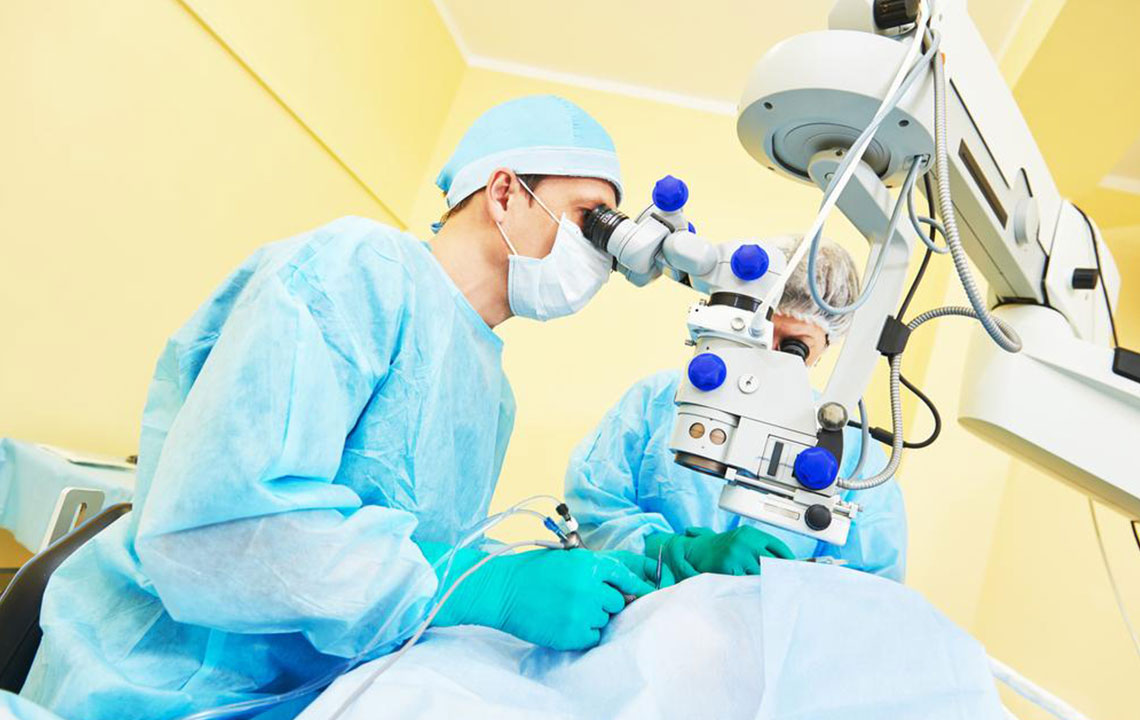Understanding Spinal Stenosis: Symptoms, Causes, and Treatment Options
Spinal stenosis involves narrowing of the spinal canal, leading to nerve compression and symptoms like pain, numbness, and weakness. This article covers the causes, symptoms, and various treatments, including surgical options like laser surgery. Early diagnosis and personalized treatment plans are vital for optimal recovery. The guide emphasizes consulting healthcare providers, understanding procedural risks, and considering second opinions to make informed decisions. Whether dealing with neck or lower back stenosis, effective management can greatly improve quality of life and mobility.

Understanding Spinal Stenosis: Symptoms, Causes, and Treatment Options
Spinal stenosis occurs when the spaces within the spine narrow, exerting pressure on nerves and surrounding tissues. This condition, also known as vertebral stenosis, often results from aging or injury, leading to symptoms like pain, numbness, and weakness in the back, legs, or arms. Particularly common in individuals over 50, spinal stenosis can also affect younger people with congenital conditions or spinal injuries.
Key symptoms include:
Severe neck, back, or leg pain
Persistent numbness or tingling
Muscle weakness
Reduced flexibility
Difficulty walking, bending, or leaning
Depending on the affected spinal region—cervical, thoracic, or lumbar—symptoms may vary, affecting different parts of the body. For instance, neck stenosis can cause pain radiating to shoulders and arms, while lumbar stenosis may lead to discomfort in the lower back, hips, and legs.
Conditions like sciatica and myelopathy are linked to spinal stenosis; sciatica involves nerve compression causing lower back and leg pain, whereas myelopathy can impair motor skills and cause arm pain and limb heaviness.
Treatment approaches:
Non-surgical options such as physical therapy, medications, and injections are often recommended initially.
In severe cases, surgical interventions like laser or minimally invasive procedures may be considered to decompress the affected nerves.
Before opting for surgery, proper diagnosis and consultation with healthcare professionals are essential. Understanding the procedure, potential risks, and success rates can help patients make informed decisions. Second opinions can provide additional clarity and confidence in choosing the best treatment plan.
Laser surgery involves making a small incision to precisely remove problematic tissues, alleviating nerve pressure. Its advantages include minimal scarring, faster recovery, and the ability to go home the same day. However, it may not address complex issues or completely eliminate the risk of recurrence, and some tissue damage is possible from the laser heat.
In summary:
Spinal stenosis requires timely diagnosis and management.
Surgical options, including laser procedures, are effective for severe cases.
Patients should discuss thoroughly with their specialists and consider second opinions before proceeding.










